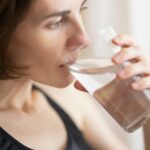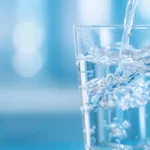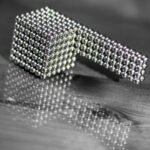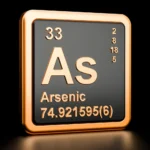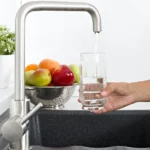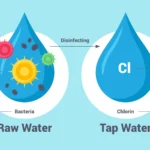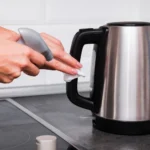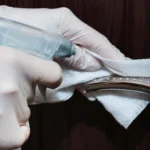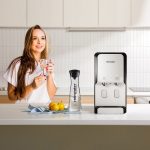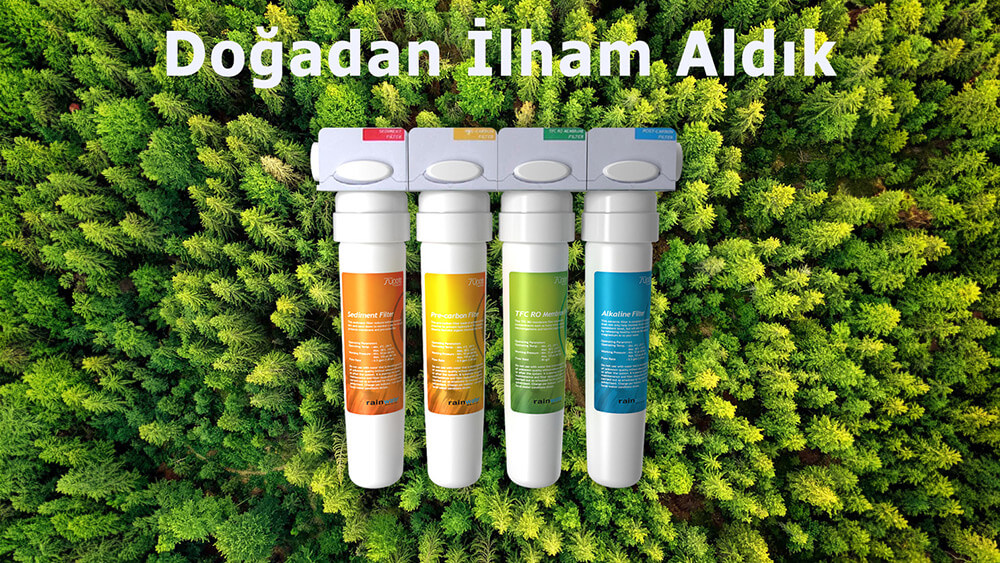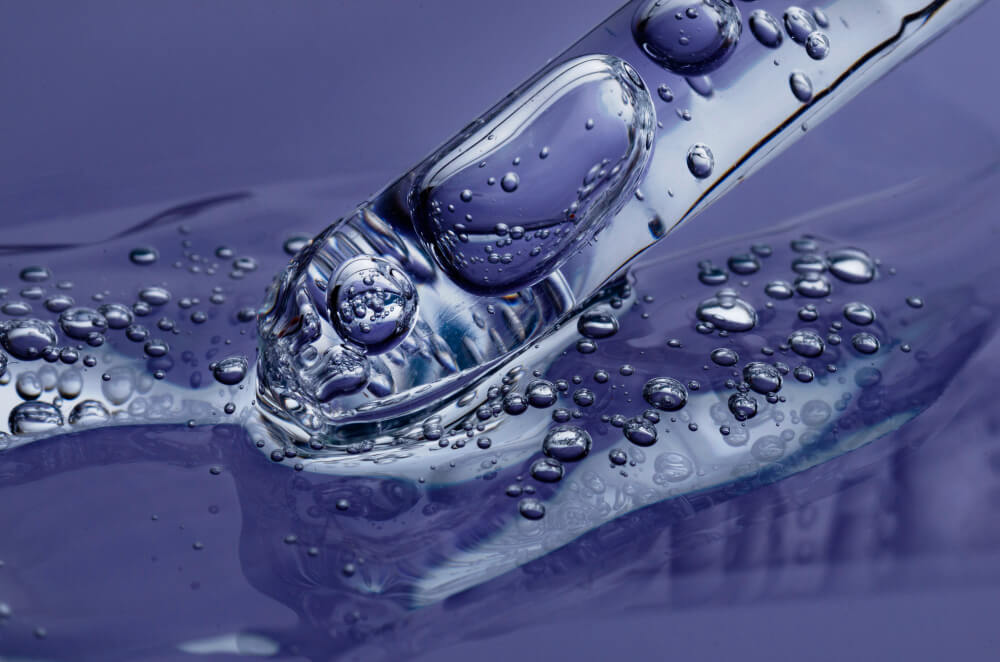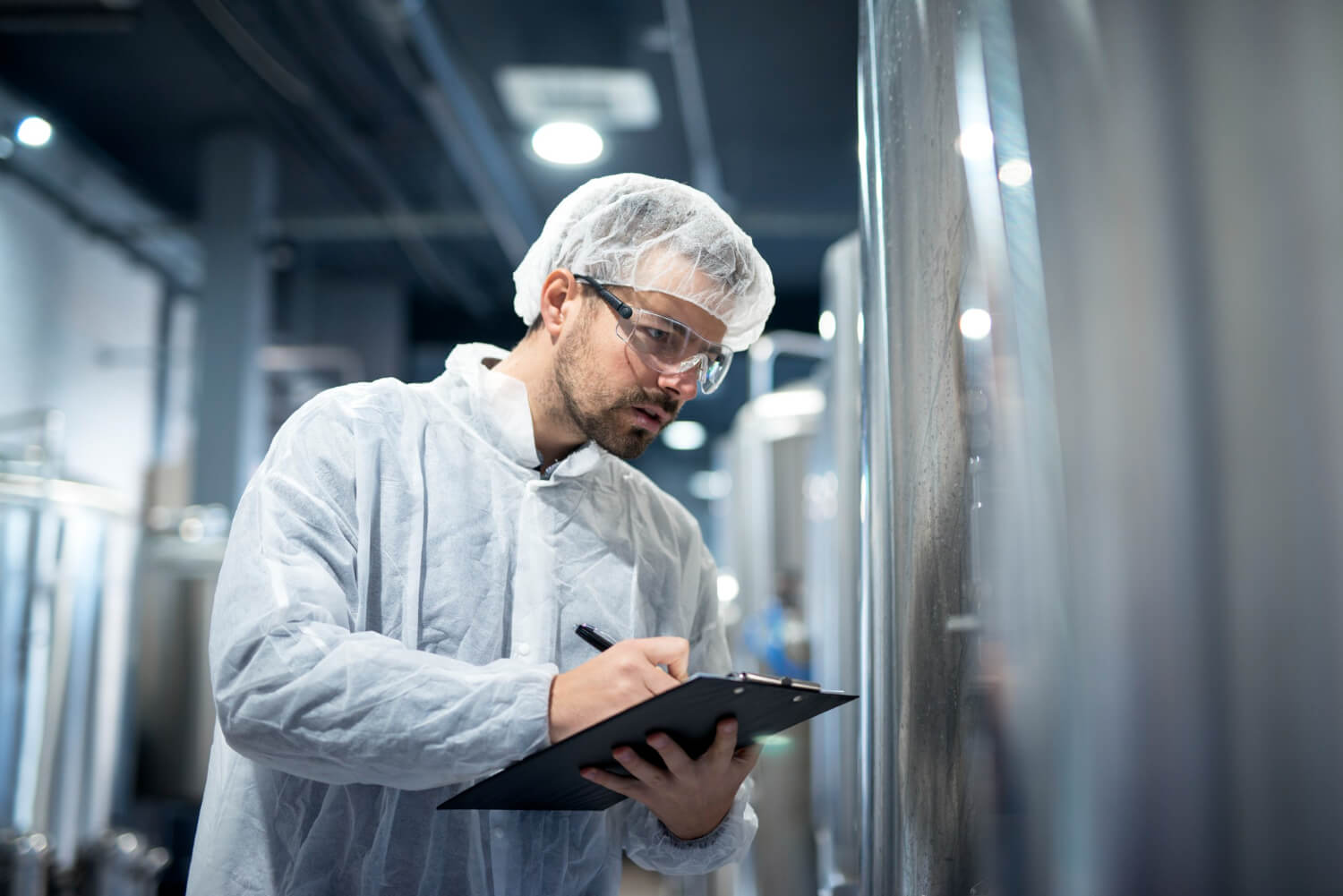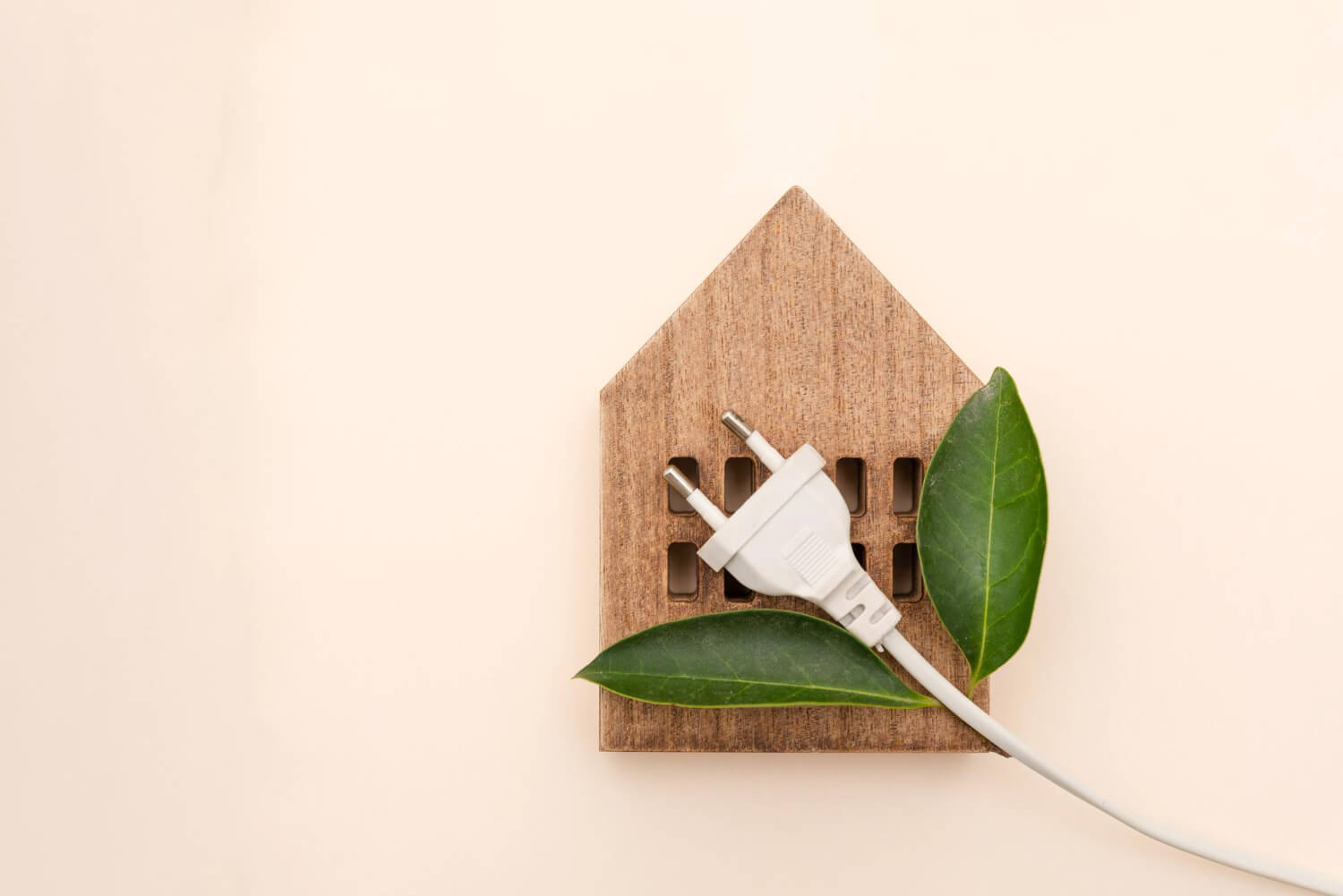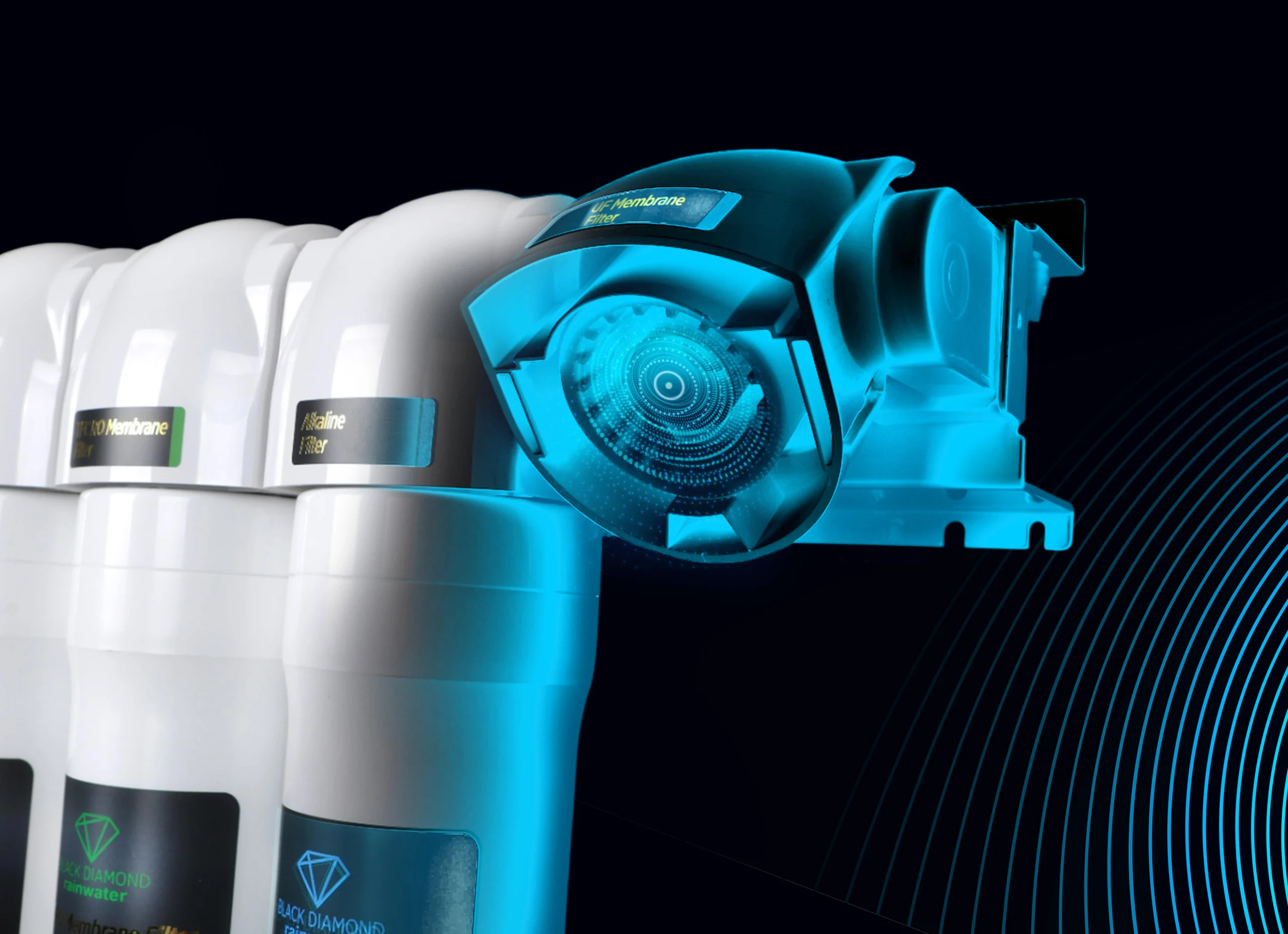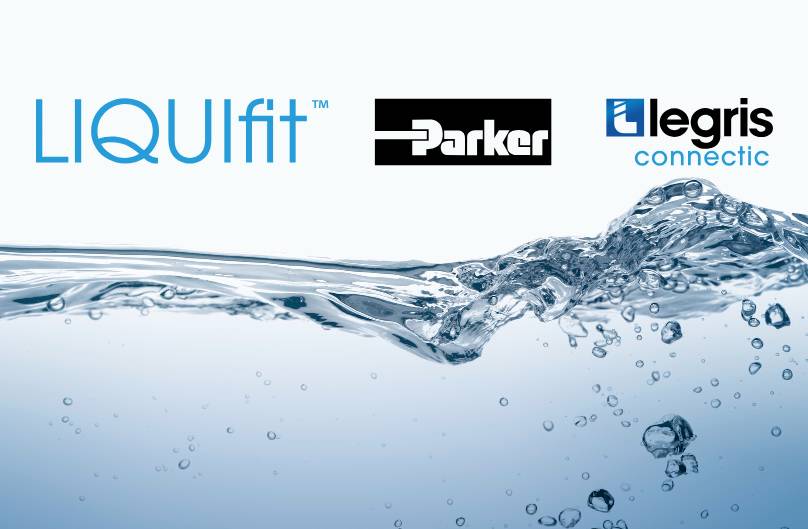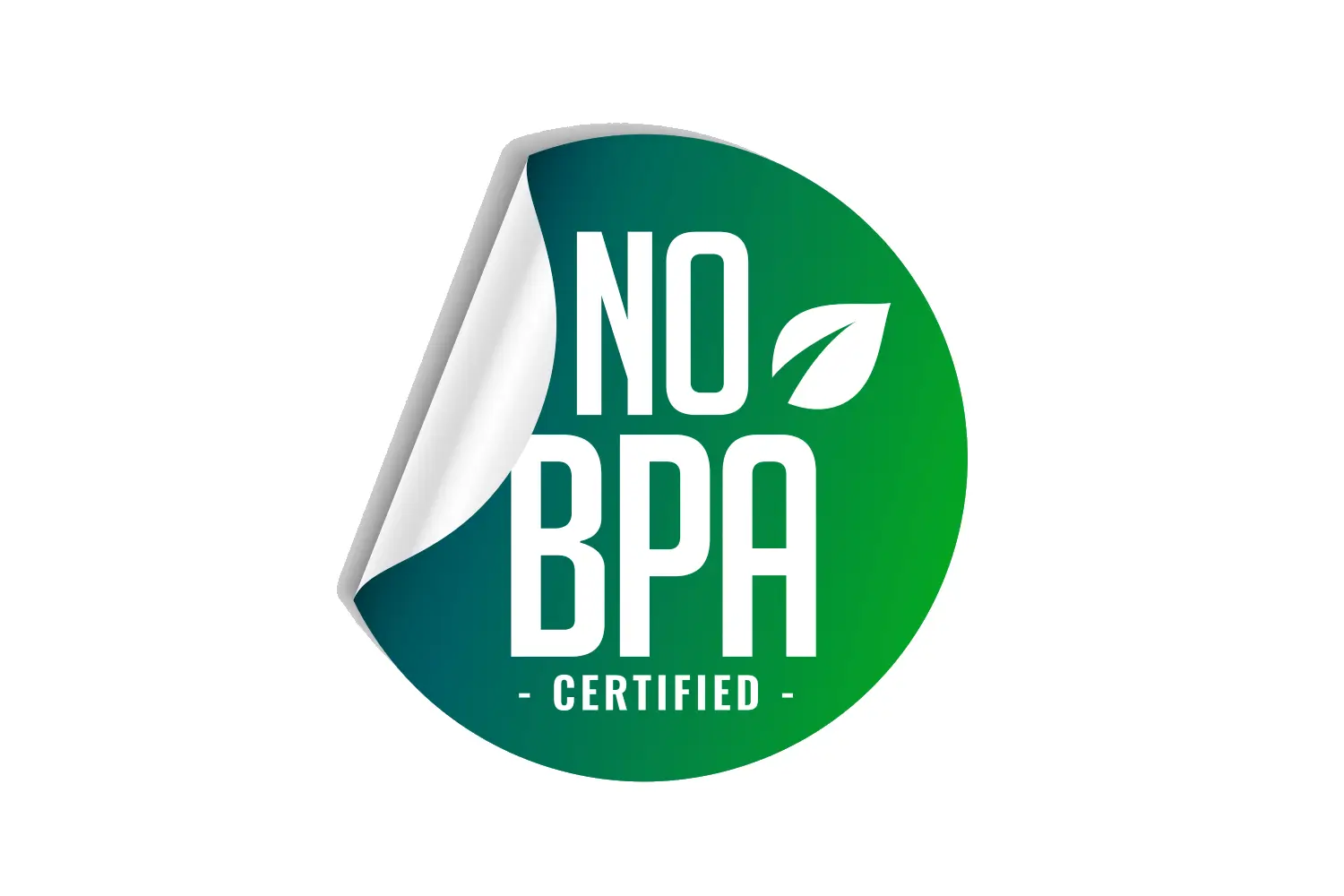The quality of the water flowing from our taps is one of the most important concerns of modern life. Despite the purification stages through which the mains water passes, it can be contaminated with particles such as rust, sand or chemicals such as chlorine on the way to our homes. At this point water purification equipment, healthy and flavourful water to reach one of the most effective solutions to come into play. However, the ability of these devices to maintain their first-day performance and produce consistently high quality water depends on one critical condition: regular and correct water purifier filter replacement. This process not only improves the taste and odour of your water, but also extends the life of your device and, most importantly, directly protects the health of your family.
In this comprehensive guide, we will discuss in detail why filter replacement is so vital, when to change which filter and how to do it.
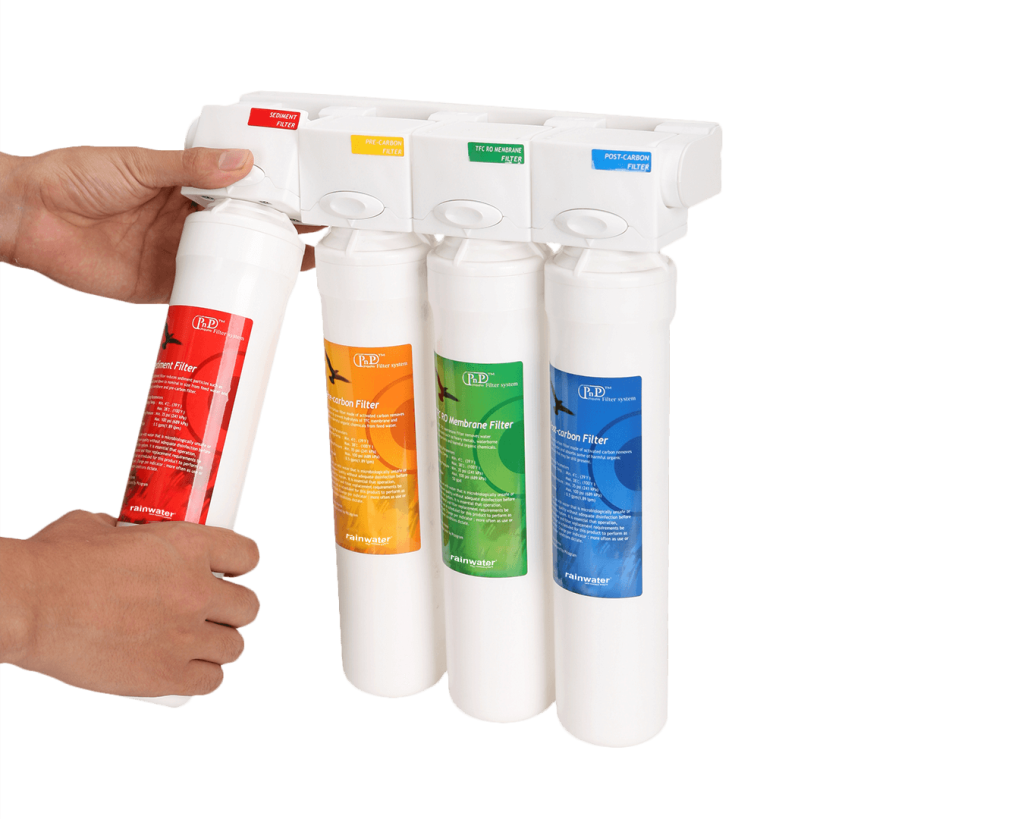
Why is Filter Change So Important?
We can liken your water purifier to a castle and the filters to the guards of that castle. These guards, harmful substances in your water, sediment, chlorine and other contaminants by holding the chlorine and other contaminants, allowing only clean and pure water to enter. However, over time, these guards get tired and cannot fulfil their duties as before.
- Reduced Water Quality: Filters accumulate all the pollutants they separate from the water during the period of use. When they reach a certain saturation point, they can no longer hold new pollutants. Even worse, they can start to release these harmful substances back into the water. This can cause the quality of your treated water to be even lower than mains water.
- Bacteria and Microorganism Growth: Especially activated carbon filters can become a suitable environment for bacterial growth over time due to their task of retaining organic matter. Filters that are not replaced can turn into a bacteria nest instead of purifying your water. This poses a serious risk to your health.
- Shortening the life of the device: Clogged filters make it difficult for water to pass through. This situation causes the mechanical parts of the device, such as the pump, to spend more power and strain. Over time, this strain leads to failure of the pump, the tank does not fill fast enough and the overall life of the device is significantly shortened.
- Bad Taste and Odour: One of the most basic tasks of filters is to remove chlorine and other chemicals that give water a bad taste and odour. A carbon filter that has reached the end of its life cannot perform this task and you will start to feel an unpleasant chlorine odour and metallic taste in your water again.
Water Purifier Filter Types and Change Frequency
A standard household water purifier usually has a filtration system with 5 or more stages. In Rainwater, the standard filtration system has 4 stages. Each water purifier filter serves a different purpose and works in a specific sequence.
Sediment (5 Micron) Filter:
- Task: Retains coarse sediment, rust, sand, mud and other large particles in water. It is a pre-protection shield that extends the life of the more sensitive filters that come after it.
- Frequency of Change: Average 6 12 months. Depending on the pollution rate of the water, this period may vary between 4 8 to 8 10 months.
For detailed information about the membrane filter, you can read our article “What is Sediment Filter?“.
Block Activated Carbon (CTO) Filter:
- Mission: GAC provides a second carbon filtration by trapping smaller chemicals and particles that may escape from the filter. It plays a critical role in protecting the membrane filter.
- Frequency of Change: 6-12 months on average.
Membrane Filter (Reverse Osmosis):
- Mission: It is considered the heart of the device. This filter, which has a semi-permeable membrane structure, allows the passage of water molecules; It separates heavy metals, harmful elements such as arsenic, lead, mercury, bacteria, viruses and other microorganisms from water at a rate of up to 99% and sends them out of the waste water line.
- Frequency ofChange: Average 2-5 years. Timely replacement of the other three filters directly affects the life of the membrane filter.
For detailed information about the membrane filter, you can read our article “What is Membrane Filter?“.
Alkaline Filter:
- Mission: After the water has been waiting in the tank, it makes a final touch just before coming to the tap. With ceramic body and quartz stones, it provides high ph 8.5 and alkaline water drinking. Thanks to this last stage filter, it has -200 ORP values and allows you to drink antioxidant healthy water.
- Frequency of Change: 12 months on average.
How Should a Standard Water Purifier Filter Sequence Be?
Water purifier filter sequencing is critical for the filters to work correctly and protect each other. An incorrect sequence can cause filters to clog quickly and damage expensive components such as membranes. The standard and correct sequence is as follows:
- Stage 1: Sediment Filter
- Stage 2: Block Carbon (CTO) Filter
- Stage 3: Reverse Osmosis (RO) Membrane Filter
- Stage 4: Ceramic Alkali Filter
This ranking applies to most reverse osmosis system water purifiers regardless of brand.
How Do You Know When It’s Time to Change the Filter?
Your device gives some signals that it is time to change the filter. It is important to read these signals correctly:
- Slower Water Flow Rate: If you notice that when you open the tap, the water flows more slowly and unpressurised than before, this is probably the most obvious sign that the pre-filters are clogged.
- Taste and Odour Change in Water: If you begin to smell chlorine or a different, unpleasant taste in your treated water, it means that your carbon filters have reached the end of their life.
- Continuous Appliance Operation or Noise: If your appliance’s wastewater line is continuously making water noise or the pump is running louder than normal, this may be an indication that clogged filters are overloading the system.
- Keeping a Calendar: The most reliable method is to note the date you change the filters on a calendar and act according to the periods mentioned above.
Problems and Solutions After Filter Replacement
Issue: No water after water treatment filter change.
Solution: This is a common problem. First, make sure the water inlet valve is fully open. Check that the hoses are correctly fitted and that there are no kinks. Make sure to completely remove the packaging of the newly installed filters. If the problem persists, it is possible that the filters are incorrectly sorted or the system is making air.
Problem: The appliance is constantly leaking waste water.
Solution: This situation is usually caused by the failure of the parts called “check-valve” or “flow” at the outlet of the membrane filter. These parts may need to be replaced.
Issue: Treated water tastes bad or cloudy.
Solution: This is normal after a new filter change. Draining a few tanks of water to flush the system and the new filters usually solves the problem. If the problem persists, check that the post carbon (flavouring) filter is installed correctly.
Problem: Water is leaking from the device.
Solution: Check that the gaskets of the filter caps (housing) are seated correctly and that the caps are sufficiently tightened. Check that the hose connections (quick fittings) are fully seated.
Frequently Asked Questions (FAQ)
Should I change all filters at the same time?
No, no. As you can see, each filter has a different lifetime. Generally, three filters (Sediment, CTO, Alkali) are replaced as a set every 12 months, while the membrane, which is the main filter, is replaced every 2-5 years. Complying with these periods is the most accurate in terms of both cost and performance.
What happens if I do not change the filters on time?
If you do not change the filters on time, your water quality will decrease, bad taste and odour will develop in the water, the risk of bacterial growth will arise and most importantly, expensive parts of your device such as pumps and membranes may fail. A small saving you will make in the short term may return to you as a bigger expense and health risk in the long term.
Is it safe to use cheap (aftermarket) filters?
It is always best to use quality filters that are original or have international certificates such as NSF. It is unclear what materials cheap filters are made of and how efficiently they work. They may provide inadequate filtration, release harmful chemicals into the water and cause leaks or malfunctions because they are not fully compatible with the original parts of your appliance.
Is slight turbidity or strange taste in the water after filter change normal?
Yes, this situation can be caused especially by newly installed carbon filters. Due to the carbon dust in the filters mixing with the water, there may be a slightly blurred appearance or a different taste in the first few hours or days. To prevent this situation, it is recommended to flush the system by completely filling and emptying the tank of the device once or twice after the replacement. The water will return to normal after this process.

 TR
TR
 Blog
Blog 